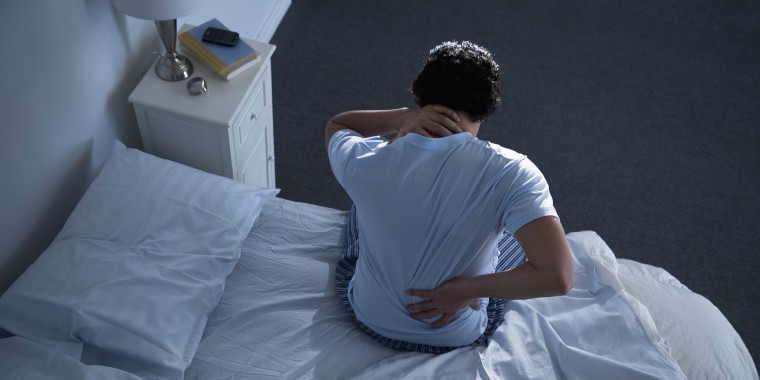A new study shows that in 2016, Americans spent approximately $134.5 billion on low back and neck pain, making it the health condition that generated the highest expenditures.
The study, published by the Journal of the American Medical Association (JAMA), examined billions of insurance claims and collected data from household surveys, government documents and administrative data to create a picture of "where money is coming from and going," according to Joseph Dieleman, an associate professor of health metrics sciences who was involved in the study. He said that he and the team who worked on the study were surprised to see that low back and neck pain was the largest expense.
"Time and time again, people are surprised where U.S. healthcare money is going," he said, adding that in a previous study, low back and neck pain had been in the top three most expensive conditions. "We knew that relative to some of those other health conditions at the top, it was growing faster."
Dieleman told TODAY that while the study wasn't able to address exactly where money is being spent — such as on specific procedures — the team was able to show that the increase in cost is mostly due to generally increasing health care costs.
"The numbers here are really staggering," he said. "The first reason is the price of inpatient stay, of care, has gone up dramatically. ... The number of days someone spends in the hospital is the same, but the spending per day has really gone through the roof.
He said that the second reason behind the increase seems to be that more people are seeking medical care for the pain.
"It's really only in the last few years that low back and neck pain has become the health condition with the most spending," he said. "It's not about population change and it's certainly not about more low back and neck pain. It's really mostly about these increases in prices in inpatient facilities and increased use of outpatient facilities."

Dr. Jordan Metzl, a sports medicine physician, spoke with TODAY to share an easy routine that can prevent or reduce back and neck pain.
"We have a real interest in teaching people how to take care of this stuff at home on their own," he said. "The vast majority of neck and back pain comes from what we call muscular pain, and the things that we can do to help that include things such as making your muscles stronger (and) making your muscles more flexible."
1. Start with a plank.
Metzl said that one of the best ways to reduce back pain is to strengthen the core muscles, the muscles in the front and back of the spine. Strengthening those muscles, he said, can lead to less frequent and less painful back pain.

He recommends starting your morning with a set of planks — balancing oneself on elbows and toes for between 45 seconds and one minute. He emphasized that people could make any modifications necessary to make the exercise comfortable for themselves, or add variations to make it more challenging. In total, he advised doing three planks for between 45 seconds and one minute each.
2. Use a foam roller.
Metzl said that for flexibility, he likes to recommend using a foam roller, which can help loosen up the muscles around the lower back. The foam roller can be used before or after planks, whichever way is more comfortable for the user.
3. Try a "walk-out."
In this "very helpful" exercise, one starts in a standing position and lowers onto the ground on all fours. Then, "walk" all the way out into a position similar to the plank. Metzl said that more advanced users can try adding a pushup or other exercise before walking back up.
"That's more of a dynamic strengthening exercise, versus a plank, which is isometric, where you stay in the same position, so it's kind of the next level up," he said. "It's a combination of strengthening all those core muscles as well as working on spinal mobilization to get the bones in the spine moving."
He recommends doing three sets of the exercise, with each set including ten repetitions of the movement.
4. Finish with a "cactus stretch."
This flexibility-building exercise is done while lying on the back. Metzl says to start with hands out to the sides before bringing one knee up and over your body.
"You're kind of crossing over your body, stretching out your lower back," he said. "Those four steps would be plenty for people to start doing."
